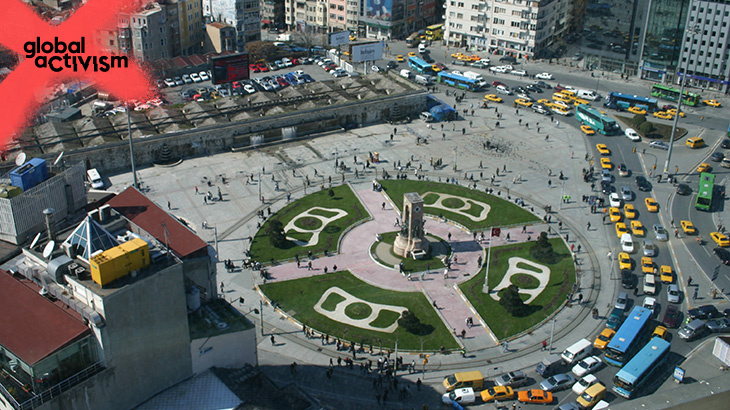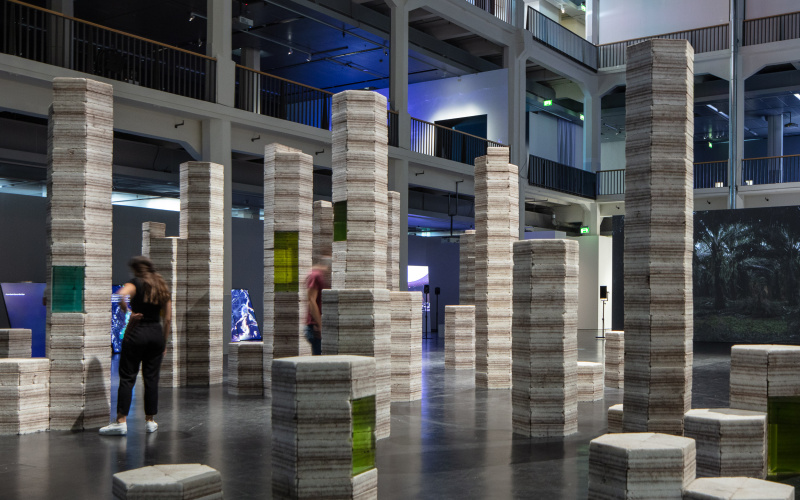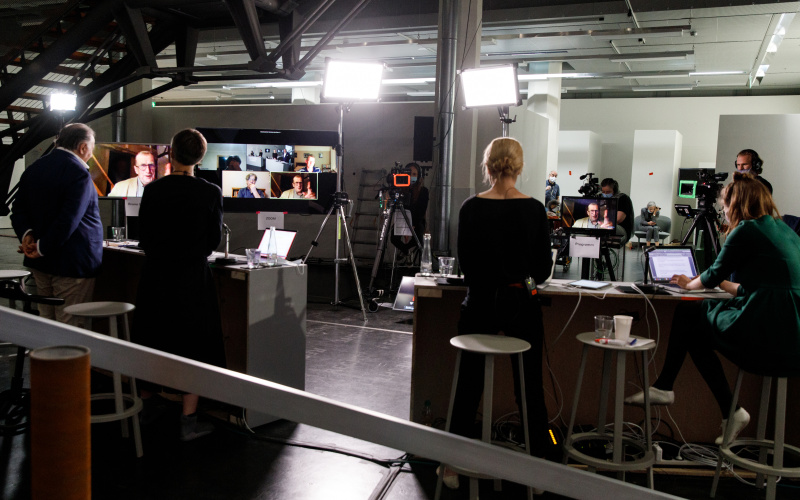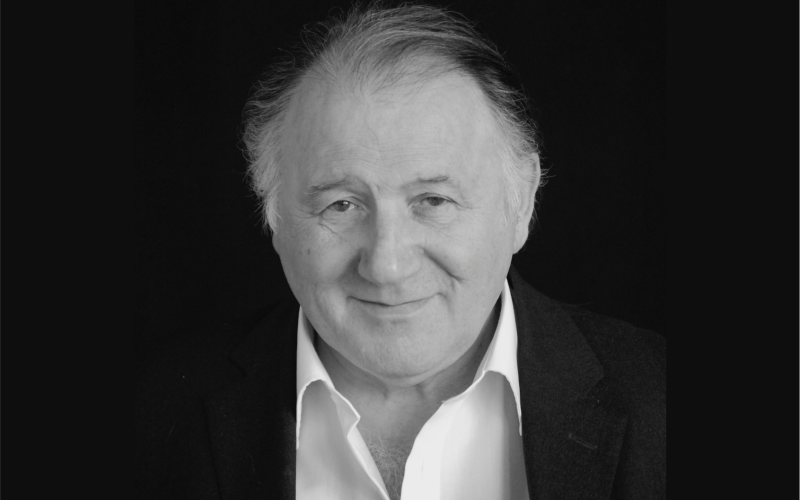Liberating public spaces: Where to start?
When he was elected mayor of İstanbul in 1994 Tayyip Erdoğan found a couple of ready-made large-scale projects waiting for him. One of these was the “Taksim Project” designed by a professor at one of İstanbul’s largest universities. The “designer team” – which included university scholars – that drew up the transport infrastructure project for Taksim claimed that traffic must be relocated underground. According to this concept, to ease the flow of traffic all the streets leading to Taksim Square had to be turned into tunnels with platforms. The team claimed that this project was a “pedestrianization” of the square – a big step towards “modernizing” the area; for the authors, this concept had to be applied to other squares as well. They also added that people who objected to this project were people who don’t know anything about the subject. The latter were regarded merely as romantics who didn’t have a clue about what crossroads or highway engineering means; their objections didn’t have to be taken into consideration. In addition to all this, the project had a very strong argument for convincing the Mayor: in the multi-storied space underground a shopping mall was located, and the brand of the shopping mall would help to finance the first subway investment. Yet, in spite of the pressure exerted by the construction firms working with the municipal authorities, the Taksim project was held in abeyance for decades; it was not put out to tender. During Tayyip Erdoğan’s first years, he didn’t have an experienced team for the project. At that time, it was customary for the universities to be involved in such large-scale architectural projects. However, the Taksim project was different. Erdoğan was especially interested in this project. He wanted to build a big mosque in Taksim, so that he could realize one of the biggest dreams of the Milli Görüş Movement (literally, National Vision Movement). Already at that time, the facade of Aya Triada Church was covered with advertising boards. In the same manner, the opera building was seen as a “work of a minority that wants to impose its values on Turkish people” and was thus disparaged; therefore a “solution” was needed for that building as well. Erdoğan knew that Taksim was a difficult topic. And since they couldn’t use universities for this project, they didn’t have a team for designing the mosque project. He also knew that the government wouldn’t help him with this project. So, he conducted just an experiment. Three circles would be drawn on the design and the reactions would be measured. But the developments were not as expected. This “modest“ mosque project became one of the most tension-ridden topics during the postmodern coup of 28 February. Newspaper headlines were shouting: “Mosque on Taksim!” One could read that as: “Sharia is coming and they will occupy our public spaces.” Eventually, Erdoğan lost his seat and was put in prison. What was the underlying idea of Milli Görüş, which wanted to build a mosque on Taksim? It was the suppressed, excluded, impoverished Muslim conservatism. The mosque Erdoğan wanted to build in front of the Opera building (AKM, Atatürk Cultural Center) was the representation of this idea in politics. Erdoğan built his career towards central power through this experience. After Erdoğan came to power through long struggles, he wanted to deal immediately with the Taksim subject. Taksim was an issue that was preying on his mind; it was a symbol for the injustice he was subjected to. He had been victorious against the minority who was preventing the rule of the people. Accordingly, the transformation of Taksim, as a public space of national power, was very important. When his candidate Kadir Topbaş won the 2004 İstanbul Municipality elections, Erdoğan thought that the conditions were now ripe. Now it was time to compensate for the injustices. He took power and was now the head of the central authority but it was meaningless to create another mosque debate. Topbaş had to find a more clever solution, which at the same time wouldn’t mean a step backwards. An architect, famous for implementing construction projects on areas subject to construction restrictions by means of collecting pictures and documents of ruined buildings on those very areas, found a solution for Topbaş: rebuilding the Taksim Military Barracks – which was active until 1939 and which had a mosque in it. Before the project started, they began to uproot the trees in front of the Divan Hotel for the future tunnels and this created an eccentric scene: This sort of violence was the clumsiest and most awkward intervention into the public space. The violence, which disturbed everybody with a conscience, turned into a spark that would soon explode into reactions. In a very short time, thousands of people gathered in the Gezi Park. Then, Taksim, İstiklal Street, and many other public places became the stage for one of the largest crowd demonstrations that history had witnessed. The demonstrations spread and the government was seized with fear. President Erdoğan declared that the opposition was waiting for an opportunity for a mass demonstration and so the trees were only an excuse for them. On the other hand, the president must have understood that these protest events were of a new kind; he thus tried to ignore the protests entirely, he even attempted to erase them from history. However, one must concede that the conditions for such mass protests had already been prepared by him. Removing the military tutelage and controlling the military bureaucracy transformed the oligarchic structure of the old regime and shook the roots of the political opposition that leaned back to the that regime. The fact that the government tried to take steps towards solving the crisis regarding the ever-present Kurdish problem in the history of Turkish Republic has begun to change the centralist state structure and transform the conditions leading to the hostile representation of civil society. Now, Erdoğan must either go back to where he started or he must renew himself. Sometimes people who develop a portrayal of life, like in the example of the president, become aware of developments and even of their own actions very late. A group called Genç Müminler [Young Muslims] had announced: “God’s blow will eventually fall.“ In Taksim, there blossomed a very new politics – at the very place that was destroyed by “national” politics. Today we have an example that consists not only of speech but also of action: anti-Capitalist Muslims filled the ideal of Milli Görüş with its essence. Instead of turning this ideal into state politics, they preserved it as civil society. They proved that performing namaz [a prayer] need not mean the seizure of public spaces; that, on the contrary, it can have an emancipatory aspect. They showed that the conservatives can define the public space in a humanistic way without any power of central politics. They destroyed the image that had been present since 1969 (when on the “Bloody Sunday” the rightists were provoked in order to attack the leftists who were protesting the Sixth Naval Fleet of the USA): “The followers of sharia will come and seize our public space!“ They declined this legacy. While they were praying on Friday in Gezi Park, the leftists stopped chanting. They respected each other and they didn’t define the public space according to their own priorities. This was one of the most significant events during the Gezi protests. The anti-capitalist Muslims showed that conservatism, when it doesn’t correspond to central political power, can have a side that questions capitalism. Today it is time to transform and vitalize the idea of the public space, which is currently dictated by the government to the public with construction projects such as mosques.
Text: Korhan Gümüs
All articles of the blog discussion on “global aCtIVISm” Further information on: www.global-activism.de
About the author
Korhan Gümüş (*1954) is an architect and urban planner. He was Director of urban and architectural projects for the Istanbul 2010 European Capital of Culture agency. As a cofounder of the Taksim Platform, he supports the democratic right of citizens to have a say in the design of the Taksim Square, and was one of the initiators of the protests in Gezi Park at the end of May 2013.
Category
News Category
- tracks & records



